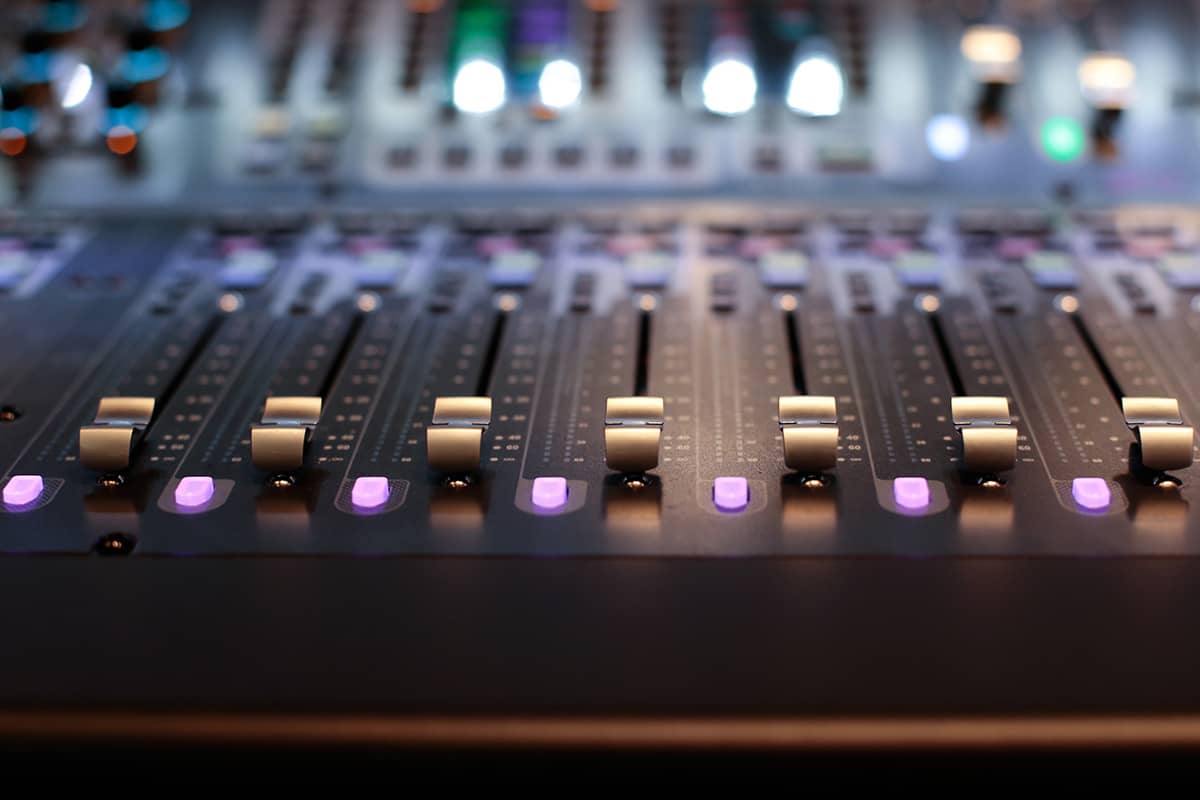Why a Holistic Approach to Podcasting Drives Better Brand Value
Podcasting has experienced tremendous growth in recent years, transitioning from hobbyist outlets to mass media darling. Major brands and media companies have begun to sponsor hit shows as the industry simultaneously professionalizes and scales. But as with any “gold rush,” there are three sides to this podcast coin: tech, creative, and measurement — which should be considered together to leverage what makes podcasting increasingly valuable. And three audio luminaries that I spoke to last month at Podcast Movement, the country’s biggest podcast conference agree: Success comes from embracing a “holistic approach” to podcasting.
A “holistic” approach sounds virtuous – in a yoga pose kind of way – but in fact it takes on an even healthier stance when applied to the business of podcasting. It entails recognizing and optimizing the medium’s unique pace, intimacy, and listener connection versus morphing it into or even treating it like other formats. And according to my first guest, Bryan Barletta, the time is now. At twenty years in, he notes with some irony, we’re finally entering a “2.0 era,” where ad technology and mindsets are starting to catch up to podcasting’s distinct potential.
Barletta created advisory service Sounds Profitable to fill the information gap through independent research, education, and events, spurred by, “a lack of holistic podcasting content and materials for the people in the business…for the people who cash a paycheck in this space.”
Our current era, he notes, could also be called “the ‘why’ phase: “Why uniquely podcasting? Why start here?” he poses, as opposed to starting with, say, a YouTube video then pulling its audio off and calling it a podcast. Because we are mature enough to now “treat podcasting as its own channel and not try to tag it onto other channels to find its own value.” (Note: That is not to say that YouTube doesn’t have a place in the podcasting zeitgeist: not only do 75% of consumers believe a podcast should be defined as audio or video (Coleman), but YouTube serves as one of the leading sources where listeners discover new podcasts.)
According to Sounds Profitable’s own recent research, conducted jointly with my second guest from Signal Hill Insights, “many brand marketers are simply unaware of the advances podcasting technology has made over the last five years, particularly in targeting and measurement.” As that awareness of capabilities grow, and the very tech itself continues to mature, the promise of greater programmatic audio advertising, bringing greater investment and inventory options into the space, grows too. That, – all three guests caution – is another area to executed thoughtfully and holistically.
To hear Chief Insights Officer Paul Riismandel of Signal Hill Insights, it begins with thoughtful creative.
Riismandel champions using holistic campaign measurement that analyzes placements, platforms and creative together. That measurement must include assessing brand lift to quantify the impact of messaging. As he explains it, “We’re measuring the difference in that feeling and perception, that knowledge about the brand that was the result of the ad exposure — compared to somebody who didn’t hear that ad.”
But, he warns, it has been too easy to say one show worked or one show didn’t, without taking creative approaches into consideration as well.
Or, as I like to say, “It’s the creative, stupid.”
With the help of proper “apples to apples” comparisons, based on campaigns that have clear objectives — or KPIs — from the get-go, brands can gain objectivity to help optimize their creative. Riismandel gives this example: How are personas responding? Are women responding differently than men? Or, maybe you have gamers who are responding differently than folks who are not gamers — but who are sports fans. We can dig into all sorts of different things that might be obscured.” That approach will likely lead marketers to find unexpected additional shows or genres, and expand their reach by matching appropriate messaging with more receptive podcast audiences, and adjust budgets accordingly.
Leading audio and entertainment company, Audacy, offers what EVP of Digital Sales, Ken Lagana, describes as a holistic triangle of brand building, with podcasting at the top. But even when tapping podcasting’s reach, Lagana stresses that a tailored approach remains crucial. As he puts it, “There’s a really big opportunity with Audacy to reach more of those listeners” that some competitors can’t access.
That opportunity starts with high profile podcasters providing host-read type ads, then gains scale via audience targeting in streaming audio and podcasts in general, and lands on a solid base of “OTA” – over the air radio — messaging across their nationwide network.
Measurement is as important to the Audacy team as with Sounds Profitable and Signal Hill Insights. Lagana described their participation in pioneering attention studies conducted by the dentsu agency, across a competitive landscape. The results led to denstu coining “aCPMs” — or attention CPMs as a currency all the guests I spoke with would bank on. This neuroscience research quantifies that podcast’s immersive quality engages listeners more so than social media or TV, noting “Podcast ads drive positive brand engagement better than competitor media.”
Brands are responding to these metrics and validating podcasting’s powerful impact with their own form of attention: advertising investments.
Hear the full episode and get the full explanation of a holistic approach to podcasting. You can listen everywhere – or right here.
Original article posted by TheCustomer: https://thecustomer.net/why-a-holistic-approach-to-podcasting-drives-listener-engagement-and-brand-value/
